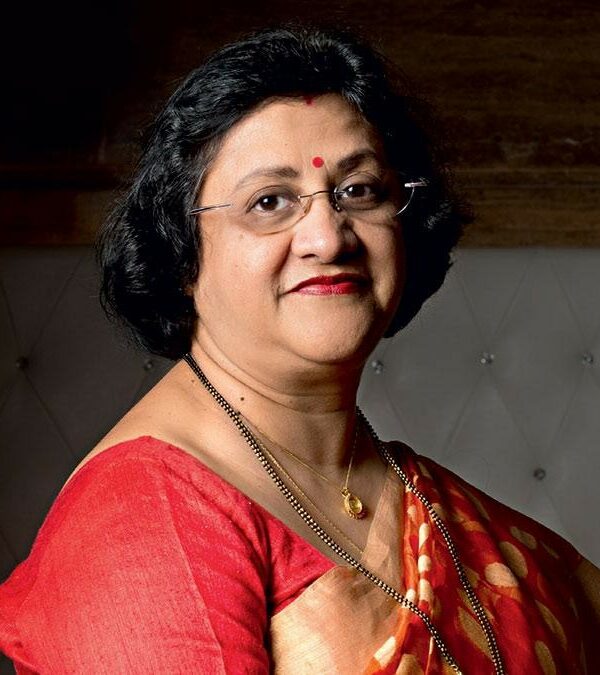Ten years ago, barely anyone used an IUD in United States. The device had an awful history and lingering reputation. These T-shaped devices are either made of copper or contain certain hormones; when inserted into the uterus, they create an inhospitable environment for sperm.
A new study confirms that long-acting forms of contraception such as intrauterine devices (IUD’s) and implants are better than birth control pills and patches at preventing pregnancies, giving doctors new ammunition to recommend these methods.
By 2013, as women learned about superior, safer designs, IUDs had become the method of choice for more than 10 percent of women using contraceptives, according to data from the Centers for Disease Control and Prevention.
Among women aged 25 to 34, they’re as popular as condoms, and they’re far more effective. The U.S. contraceptive market, including pills and IUDs, totalled more than $6 billion in 2013, according to Transparency Market Research.
The Buffet Foundation gives about half a billion dollars to organisations dedicated to reproductive health!
Almost all women use a form of birth control at some point in their lives, yet contraception is so politically and legally radioactive that legislators and pharmaceutical companies avoid funding it.
A multiyear study of almot 10,000 women in St. Louis found that when providers offered women all forms of contraception for free, 75 percent chose IUDs and hormonal implants. This study received close to $20 million funding from Warren Buffett, the chairman and chief executive officer of Berkshire Hathaway, and his family.
From 2006-2010 to 2011-2013, the number of women aged 15-44 who used IUDs rose by a stunning 83%.
Susan Thompson
Named after Buffett’s first wife, the Susan Thompson Buffett Foundation is the third-largest family foundation in the country, behind only the Bill & Melinda Gates and Ford foundations. In 2013, the most recent year for which tax filings are available, it gave away almost half a billion dollars, largely to organisations dedicated to reproductive health.
In the past decade, the Buffett Foundation has become, by far, the most influential supporter of research on IUDs and expanding access to the contraceptive.
Susan Thompson Buffet: The inspiration behind the Donation
Susan was a cabaret singer and passionate about women’s rights. In the 1960s, the couple set up what was then called the Buffett Foundation, which focused on nuclear disarmament and reproductive health, including helping to fund Planned Parenthood as well as the development of RU-486, the so-called abortion pill.
In 2006, Buffett announced his decision in a cover story of Fortune, pledging to eventually donate 85 percent of his Berkshire stock, valued then at $37 billion, to philanthropic causes.
The First Step towards generating awareness
The first step involved building better academic, peer-reviewed research on IUDs, particularly looking at the public health effects on teens and women who haven’t had kids. Increasing the medical literature would help win over doctors, who remained averse to promoting IUDs to these very women.
In 2010, an article on ‘The Contraceptive CHOICE Project: reducing barriers to long-acting reversible contraception’ in the American Journal of Obstetrics & Gynaecology, reported that 56 percent of the women chose IUDs, with an additional 11 percent opting for hormonal implants!
The findings immediately provided a jolt to the field, making a powerful argument to practitioners and policymakers that women would want IUDs if they knew about them and had access to them. In 2011, the American College of Obstetricians and Gynaecologists updated its guidelines for the first time since 2005 to support a broader use of IUDs.
Second step: Getting inside the clinics
Academic research wasn’t enough, though; the foundation wanted to get inside the clinics where women were making birth control choices and ensure that they were aware of, and could afford, the most reliable options. So, it decided to pick two states and pour resources into them—supporting provider training, social marketing, and lower costs—to change the perception of IUDs and build political support for the devices. The first, ahead of the 2008 presidential primary, was Iowa. The foundation began making a big push into Colorado, a far larger and more diverse state, in 2008.
Tax filings show that from 2008 to 2013, the Buffett Foundation spent about $50 million in Colorado, with roughly half going directly to the state. The state spent about half of its funds to purchase the devices, so they’d be free.
Last year, Colorado Governor John Hickenlooper released results of the initiative, showing the kind of change DeSarno said she’d hoped would persuade policymakers to back family planning.
The teen birthrate dropped 40 percent from 2009 to 2013, and the teen abortion rate was down by more than a third.
Insight on Buffetts’ strategies
The Buffetts’ strategies have been so successful in building the medical, policy, and market infrastructure for IUDs that even proponents have begun to worry about the enthusiasm going too far. While IUDs produce great results from a public health perspective—and, as the Choice study found, women tend to be happy with them—there are many reasons for a woman to choose other contraceptions. She may like how the pill reduces her acne, how a condom protects her against sexually transmitted diseases, or how she can simply stop using other methods, rather than having to go to a clinic to have an IUD removed.
Rachel Benson Gold, a longtime researcher at the Guttmacher Institute, which receives Buffett support, published a paper last summer arguing that policymakers need a “delicate balance” between making IUDs accessible and ensuring women aren’t coerced into using them, particularly since so many efforts target low-income women.
Thus, the use of long-lasting and highly-effective intrauterine devices is on the rise in the United States, and much of the increase is due to the quiet efforts of Warren Buffett, the third-richest man in the world.












